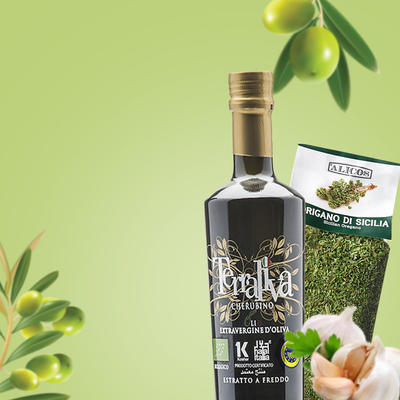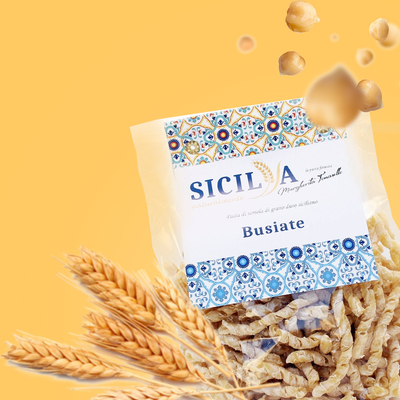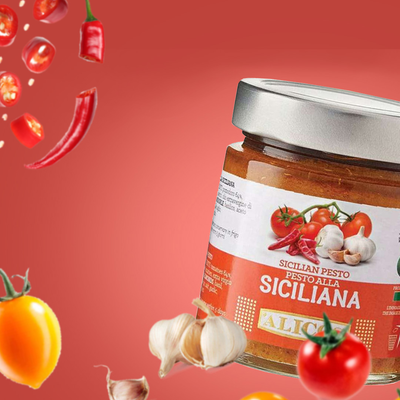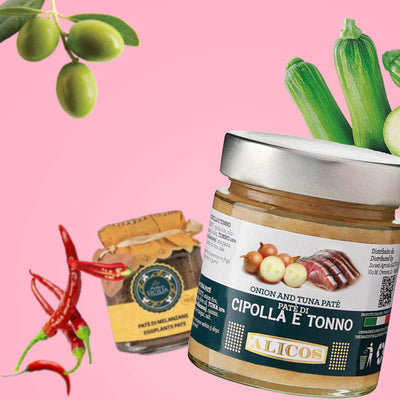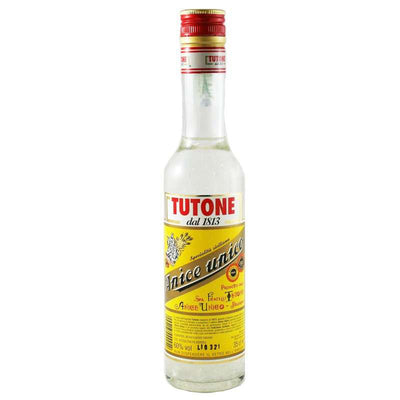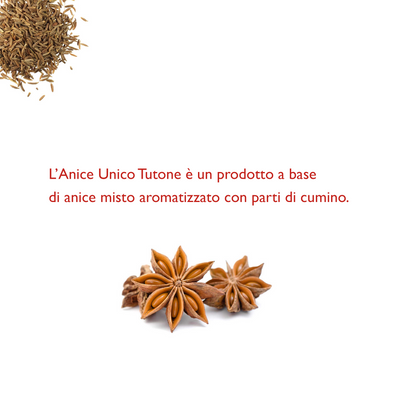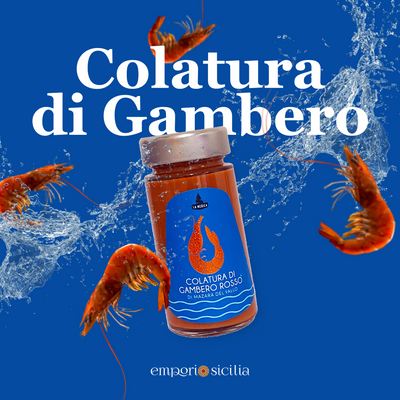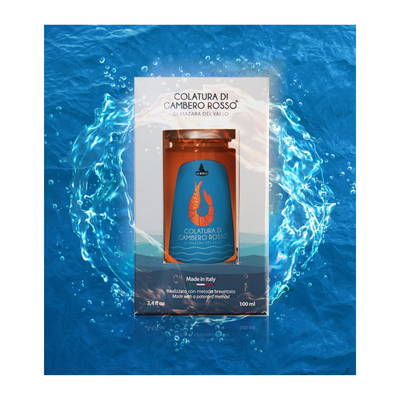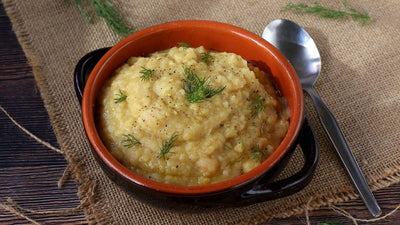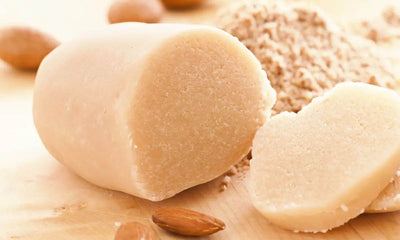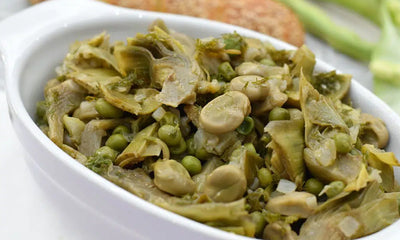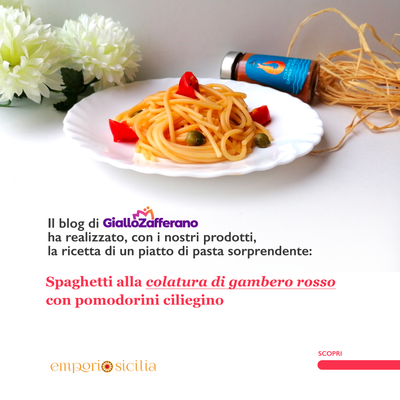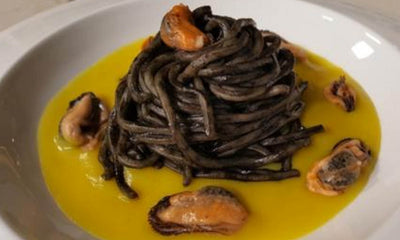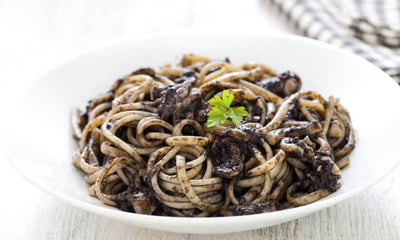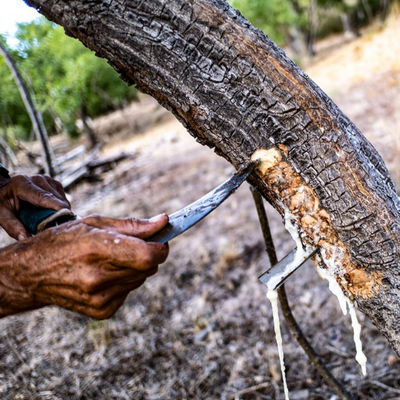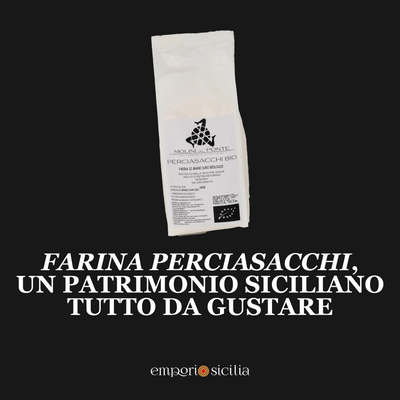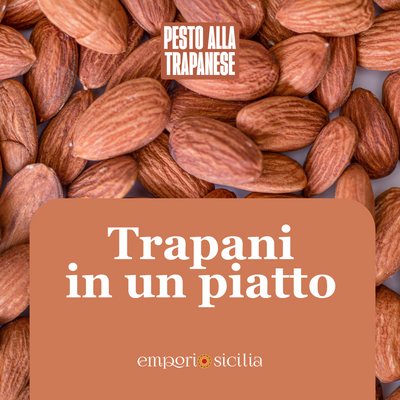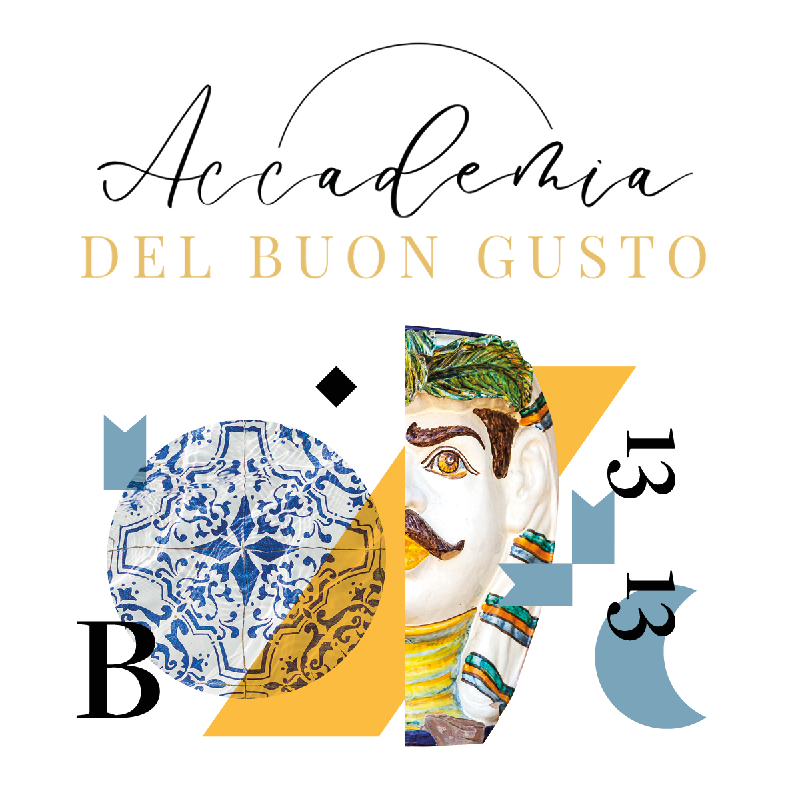Ancient Sicilian grain flours: what are they? The history of Sicily is deeply linked to its wheat, its flours and its bread. Let's discover together what these ancient grains are and how the flour obtained from their grains can improve our well-being at the table and with nutritional elements that are excellent for health.
What are ancient Sicilian grains?
Ancient Sicilian grains are 52 varieties of native grains widely cultivated and consumed in Sicily in the early 1900s which later fell into disuse around the 1970s due to the spread of modern grains for industrial use. Ancient grains are in fact less suitable for intensive industrial cultivation
The characteristics of ancient grains
Thanks to the height of the ears, they are resistant to some wheat parasites and weed species, thus allowing them to be grown without pesticides and artificial fertilizers . Due to the height and size of the seeds, ancient wheat is not suitable for mechanized harvesting, pushing growers to choose more artisanal and nature-friendly harvesting methods.
The flours made from these grains are perfect for bread, pasta, pizza, desserts and give these products a richer and more special consistency, aroma and appearance than those obtained from 0 or 00 soft wheat flour . In particular, Russello wheat , typical of the Ragusa area, is excellent for the production of bronze-drawn pasta , bread, pizzas, typical desserts and other baked products with an exceptional flavour.
The health benefits
They are extremely digestible grains, with great nutritional power and rich in proteins. The flour obtained is less refined and has a lower glycemic index. The richness in fiber and the lower glycemic content of ancient grains slows down the speed with which sugars enter the bloodstream, causing blood sugar levels to slowly lower and rise. In this way we perceive the sense of satiety for longer, avoiding the onset of hunger. Inserted in slimming diets , this grain is also excellent for the low presence of gluten, which also makes it perfect for avoiding intolerance.
Ancient grain flours: names and properties
- Mallorca flour comes from a type of fast-maturing white grain soft wheat, cultivated for centuries in Sicily, especially in arid and marginal lands. It is a cake flour, very white, soft, with low gluten content used in typical Sicilian desserts, in hosts, in white breads and according to some scholars the rind of the Sicilian cannoli was born with this flour.
- Biancolilla (or Bianculidda in Sicilian) is a durum wheat with a high and delicate ear. It is distinguished from other varieties by the grey/black shade of the filaments, the blonde of the ear and the amber color of the grains.
- Bidì (or Margherito) is a variety of durum wheat originally from Tunisia and imported to Sicily, where it settled and became a typical grain of the island.
- Perciasacchi (whose name literally means "hole in bags" due to the particularity of its ears) is a durum wheat from Sicily ideal for preparing pasta and bread.
- Russello is an ancient grain typical of the Sicilian hinterland grown mainly in the province of Ragusa and used in the production of flours for the artisanal production of local bread.
- Senatore Cappelli is a durum wheat which until the end of the 1960s represented the basis of the genetic improvement of durum wheat and is present in the genetic heritage of almost all varieties of durum wheat grown today in Italy and numerous other international ones. It is used for the production of superior quality pasta, organic bread and pizza.
- Strazzavisazza is the oldest variety of durum wheat in Sicily. It is no coincidence that it is also called seven hundred years. It takes its name from the Visazze, fabric containers used to transport cereals and flour via mules, kindergartens and horses (the name literally means rag bag).
- Timilia or Tumminia is a native durum wheat from Sicily, used to produce the black bread of Castelvetrano. Today it is grown in the Sicilian hinterland, in the valleys of the southern Salso Imera river and its flour is used to prepare naturally leavened bread or artisanal dry pasta. Since 2010 it has also been used for the production of Sicilian craft beer.



